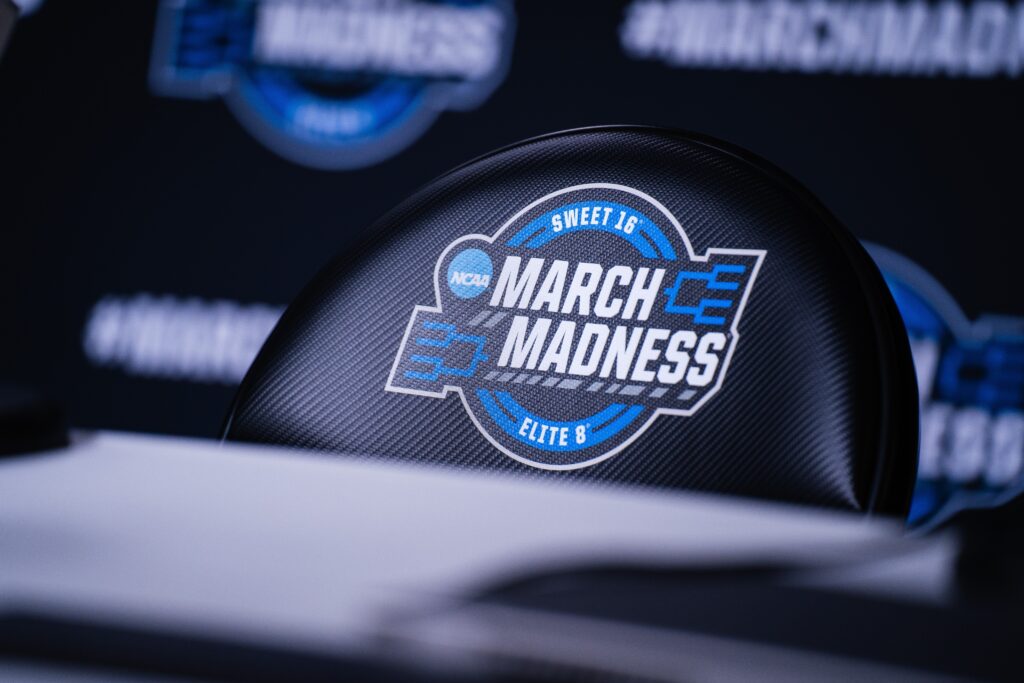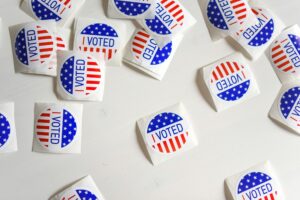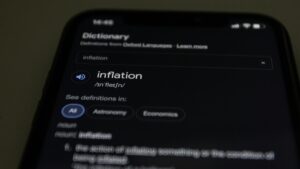
| Playing sports is a big part of American culture, bringing people together from all walks of life over the universal connection of competition and companionship. However, professional sports are even more intense, with competitive teams and leagues all operating on a financial basis. College sports have been a topic of debate because of this, as it is sandwiched between the friendly community leagues that play for fun and the professional leagues that play for both money and fun. One such example of the financial opportunity of college sports is seen in the springtime college basketball tournament known as March Madness. Whether it is hedging bets, filling brackets, or cheering for a favorite collegiate team, millions of fans engage in the annual springtime college basketball showdown tradition of March Madness. Behind the curtain, however, lies a complex economic framework that keeps the tournament running. In the 2021-2022 college basketball season, the NCAA made 1.14 billion dollars in revenue, with most of it directly from sales for the March Madness tournament. At first glance, this is obvious. From ticket sales, merchandise, and television rights, the NCAA can squeeze plenty of money from a tournament of 68 teams. Economically, this poses a unique situation. What makes the NCAA different from other athletic leagues is that it considers its college athletes amateur, meaning they play without any income. This distribution of wealth allows most of the income to go to the administration of the league, as well as various expenses to promote, sustain, and develop the league. Although it may seem that college athletes are destined never to receive an athletic paycheck, a recent change in 2021 allowed NCAA athletes to participate in endorsements, known as NIL for name, image, and likeness, for which collegiate athletes are able to secure sponsorships and deals. One such example of this is Hansel Emmanuel, the one-armed college basketball phenom who has made upwards of $1.5 million in just his first year of college basketball. Players now have the opportunity to gain sponsorships and incentives to work better to play well in college. Overall, the March Madness tournament showcases a unique economic situation encased in sports and highlights the new financial benefits of being a college athlete. |
Complex Terms:
- Endorsement: a way of promoting an athlete, making them more well-known in the community
- Administration: Leaders, usually of schools, sports conferences, and clubs




Comments are closed.